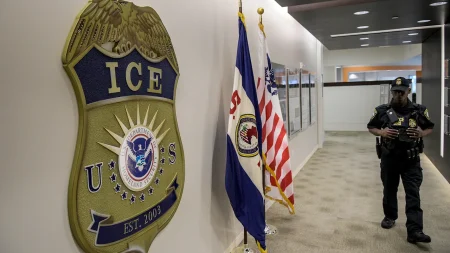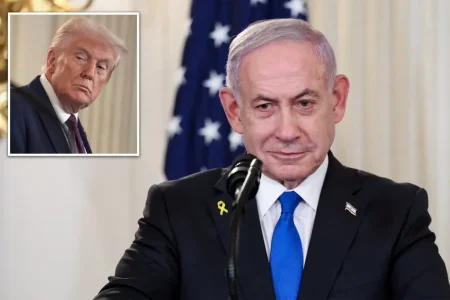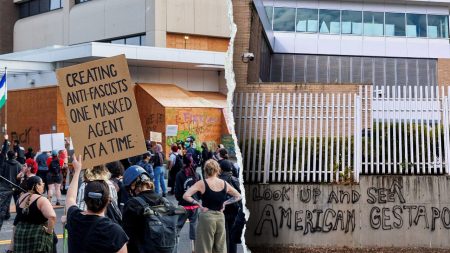The Evolution of New York City’s Mayoral Race
As New York City’s mayoral race enters its crucial final phase, former Governor Andrew M. Cuomo finds himself in a strategic position following Mayor Eric Adams’s unexpected withdrawal from the campaign. The political landscape has shifted dramatically with Adams’s decision, creating an opening that Cuomo appears eager to exploit. This development marks a significant turning point in the race, with potential ramifications extending beyond the city’s borders into the broader realm of Democratic politics. Cuomo, whose own political career has weathered substantial controversies, seems to view Adams’s departure as an opportunity to reestablish himself in the public arena and potentially secure the city’s top executive position.
The dynamics at play reflect the complex interrelationships within New York politics, where alliances and rivalries frequently reshape electoral contests. Mayor Adams’s decision to end his campaign has created a vacuum that numerous candidates are rushing to fill, with Cuomo positioning himself as an experienced administrator capable of managing the city’s multifaceted challenges. The former governor brings substantial governance experience to the table, having led the state through various crises, though his tenure ended amid significant controversy. This background presents both advantages and liabilities as he contemplates entering a race already populated with candidates who have been building their campaigns and refining their messages for months, if not years.
Political observers note that Cuomo’s potential entry represents more than just another candidate joining the field—it signifies a potential realignment of political forces within the city. His established donor network, name recognition, and experience governing during times of crisis could provide immediate credibility, even as opponents would undoubtedly highlight the circumstances of his departure from the governor’s mansion. The race itself has already touched on numerous pressing issues facing New York City, from public safety and housing affordability to economic development and educational reform. Cuomo would need to articulate clear positions on these matters while simultaneously addressing lingering questions about his previous administration and conduct in office.
The broader context of this mayoral race includes significant challenges facing New York City as it continues to recover from the pandemic’s economic and social impacts. Voters are expressing concerns about crime rates, housing costs, public transportation reliability, and the overall quality of life in the five boroughs. Any successful candidate will need to present compelling solutions to these interrelated problems while building a coalition spanning the city’s diverse neighborhoods and communities. Cuomo’s potential candidacy would add another high-profile voice to these discussions, potentially reshaping the debate around the city’s future direction and priorities as it emerges from recent difficulties.
For Democratic Party leaders, this evolving situation presents both opportunities and complications. The party seeks to maintain its dominance in city politics while addressing internal divisions about policy priorities and governance approaches. Cuomo’s possible entry would introduce another prominent figure into these intraparty discussions, potentially forcing clarification of positions on contentious issues. Meanwhile, voters themselves are weighing candidates’ experience and policy proposals against questions of character and leadership style—a calculus that has become increasingly complex in contemporary politics. The outcome will significantly influence not just New York City’s trajectory but also potentially signal broader trends in urban governance nationwide.
As campaign teams recalibrate their strategies and voters reassess their options following Mayor Adams’s withdrawal, the coming weeks promise intense political maneuvering and public debate. Candidates must now adjust their messaging to address this changed competitive landscape while continuing to connect with voters across the city’s diverse neighborhoods. For Cuomo specifically, the challenge involves transforming a potential opportunity into a viable candidacy, requiring him to address both policy matters and personal history in a way that resonates with an electorate seeking effective leadership. The resolution of this fluid situation will ultimately rest with New York City voters, who face the responsibility of selecting leadership capable of guiding America’s largest city through its current challenges toward a more promising future.









